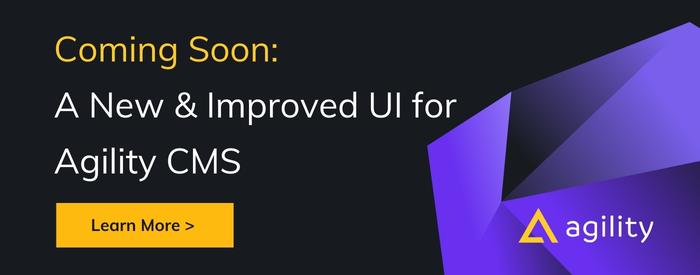Page Views vs Unique Visitors: What’s More Important?
It depends on your objectives and audience. Let’s start with the basics.


What is a Page View?
A page view is triggered when any page is loaded by any visitor to your site. For example, if you click on a link and the page loads, you have triggered a page view. If you click the link 20 times today, it will count as 20 page views.
What is a Unique Visitor?
A unique visitor is an individual user who has accessed your site. It is determined by the IP address of the computer or device that the user is browsing from, combined with a cookie on the browser they are using. No matter how many visits a visitor makes if he is on the same device and the same browser, only one unique visitor is counted. For example, if you visit this link once today, Google Analytics will count this as one unique visitor. If you come back to this site 20 more times today, you will still count as one unique visitor. If you visit the site from another computer or device (or another browser), you will count as a new unique visitor.
Page Views vs. Unique Visitors – which one matters most?
Pageviews are important for publishers because each page view tallies with an ad impression for each ad on the page. If your ads are sold on a cost-per-thousand views (CPM) basis, this is an important number for you to grow. It's tempting to make sacrifices to the user experience in order to increase page views. For example, an image gallery that loads each new image seamlessly provides a better experience for the user but will cut down on page views. It's important to find a balance so you don't alienate your audience.
The unique visitors metric gives you a sense of the size of your audience. The relative importance of this depends on the purpose of your site or publication. If you are a brand, you may want to maximize the number of people that come to your site, with little regard for how many pages they access, as long as they follow your chosen path through the site. If you are a niche publisher, you may not have a huge audience, but they may show loyalty and engagement by clicking deep into the site and generating page views.
Watch Your Bounce Rate
At the end of the day, the most important factor for growing your page views and unique visitors is content. If your content is not engaging and relevant to your users, they are going to "bounce" and never come back. The "bounce rate" is the percentage of visitors who come to your site and leave within a few seconds. A high bounce rate indicates that visitors didn't like what they saw or didn't find what they were looking for.
Time on Page Indicates Engagement
The amount of time spent on the page indicates whether users are actually reading or watching what you're serving up. The higher the average time on page, the more engaged your audience is on that particular page. As a publisher, increasing this metric provides leverage to increase your ad rates because the ad impression time is longer.
How to Improve Page Views and Unique Visitors With Headless CMS
Although there are lots of promotional and SEO tricks that can help you improve your KPIs, if you have the wrong tech stack, you're already 10 steps behind your competitors.
Many CMS out there severely limit your ability to tank on SERP. Why? The primary issue is site speed. Traditional CMS, like WordPress, are notoriously slow. With Search engines increasingly pushing lighthouse scores, your site has to be fast!
Headless CMS helps with this! Because it's built with Jamstac architecture, it is the fastest alternative on the market!

About the Author
Joel is CTO at Agility. His first job, though, is as a father to 2 amazing humans.
Joining Agility in 2005, he has over 20 years of experience in software development and product management. He embraced cloud technology as a groundbreaking concept over a decade ago, and he continues to help customers adopt new technology with hybrid frameworks and the Jamstack. He holds a degree from The University of Guelph in English and Computer Science. He's led Agility CMS to many awards and accolades during his tenure such as being named the Best Cloud CMS by CMS Critic, as a leader on G2.com for Headless CMS, and a leader in Customer Experience on Gartner Peer Insights.
As CTO, Joel oversees the Product team, as well as working closely with the Growth and Customer Success teams. When he's not kicking butt with Agility, Joel coaches high-school football and directs musical theatre. Learn more about Joel HERE.



